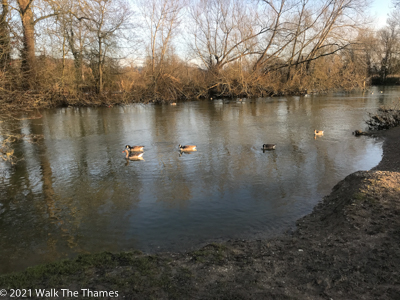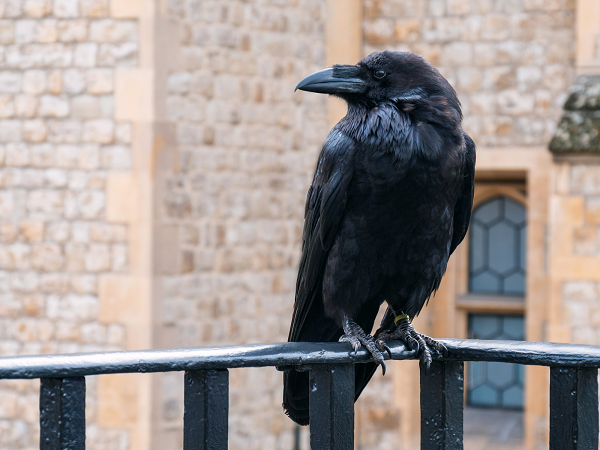The second week of full lockdown has led to interesting debates about what exactly constitutes exercising locally: driving 5 miles for a walk was deemed to be not local according to Derbyshire police; whilst whether cycling 7 miles across London was within the rules seemed to depend on one’s political allegiance. Living on the Thames Path, we are lucky enough to be able to walk without taking a car and, despite the temptation to jump in and go somewhere else, we will be walking from home for the time being. We feel for those who are not as fortunate.

All last week’s flood alerts have gone. As we are not visiting parts of the Path that are “outside our local area” we cannot report on any remaining surface water – other than what is reported to us. However, based on what we can see locally, the Path is mostly dry but very muddy.
Just a reminder that the Thames Luminaries series of nine lectures starts later this month. It opens with Hogarth’s House on January 27 and concludes with Ham House Garden on February 12. The lectures are being co-ordinated by the Pope’s Grotto Preservation Trust. A donation of £5 per lecture is suggested. More details here.
It may be the middle of January and freezing fog is lying low across the Thames, but the first signs of spring have already appeared. Snowdrops and crocuses are already out. January is also the time to spot Scarlet Elfcups, a fungus that grows on decaying sticks and branches. In mythology it is believed that elves drink morning dew out of the cups.
With the trees so bare, it’s also a good time to spot mistletoe, a parasitic plant that grows on trees, its seed spread by birds. The tree in the photo is on the Mapledurham Estate.
And on a sad note it seems that around 550 ash trees in the Maidenhead area must be felled because of disease. The trees, found at Cliveden and Cookham Common, are the victims of Ash Dieback.
Inspired by Rob Bell’s Channel 5 series on London’s bridges we thought it would be nice to take stock of some of the best bridges along the Thames. Starting from the source we’ve compiled a list as far as Caversham Bridge in Reading – see here. We plan to cover Reading to Richmond next week, thus leaving London until last.
Of what we’ve seen so far most of the bridges are arches and constructed from stone. Most are on their second or third iterations. It’s also interesting that most bridges make use of an island in the river. This should not be a surprise. Towns will have grown up around a bridge – rather than a bridge being built for a town. And the easiest place to build a bridge is when there is a natural “pier” in the form of an island.
We’ve so far documented 16 bridges in the blog. Here are some of the highlights:
Merlina, Queen of the Tower of London’s Ravens, is missing and feared dead. The bird disappeared shortly before Christmas. Legend has it that if the number of ravens drop below six, the Kingdom is doomed. There are now just seven ravens remaining. Let’s hope the breeding program is fruitful!

Ready to book?
| Cookie | Duration | Description |
|---|---|---|
| cookielawinfo-checkbox-analytics | 11 months | This cookie is set by GDPR Cookie Consent plugin. The cookie is used to store the user consent for the cookies in the category "Analytics". |
| cookielawinfo-checkbox-functional | 11 months | The cookie is set by GDPR cookie consent to record the user consent for the cookies in the category "Functional". |
| cookielawinfo-checkbox-necessary | 11 months | This cookie is set by GDPR Cookie Consent plugin. The cookies is used to store the user consent for the cookies in the category "Necessary". |
| cookielawinfo-checkbox-others | 11 months | This cookie is set by GDPR Cookie Consent plugin. The cookie is used to store the user consent for the cookies in the category "Other. |
| cookielawinfo-checkbox-performance | 11 months | This cookie is set by GDPR Cookie Consent plugin. The cookie is used to store the user consent for the cookies in the category "Performance". |
| viewed_cookie_policy | 11 months | The cookie is set by the GDPR Cookie Consent plugin and is used to store whether or not user has consented to the use of cookies. It does not store any personal data. |